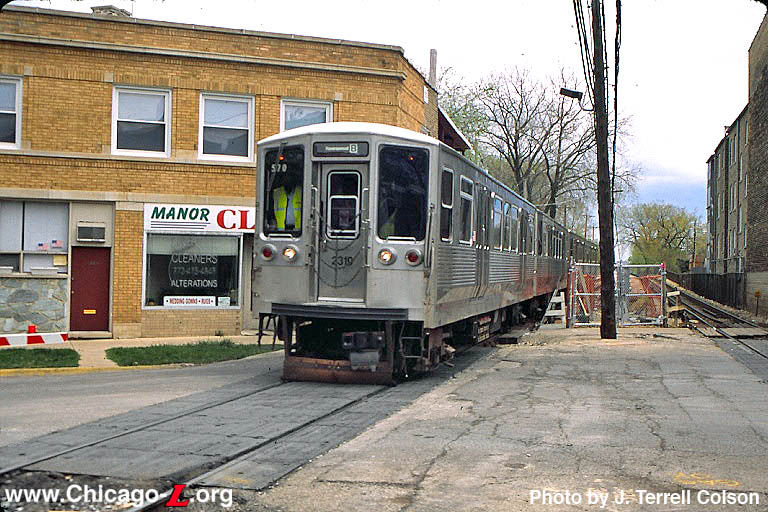Rainforest
Senior Member
I suspect they want stations at those two locations, because those are two of a handful of locations along the route with potential for high density redevelopment.
Let's hope so. I'd like to see density-driven stops along the Eglinton West route. If a particular mid-block stop is expected to generate substantial ridership, then it should be retained.
Mid-block stops with low ridership should be eliminated. That won't save lots of time, and won't have much effect on the reliability, but it will boost the line's profile and make it more appealing for trips to the Pearson South employment cluster.
It looks like a parallel local bus servive will be required anyway, because of the wide station spacing in the tunneled section. If so, then the same bus can be extended to the western section.









